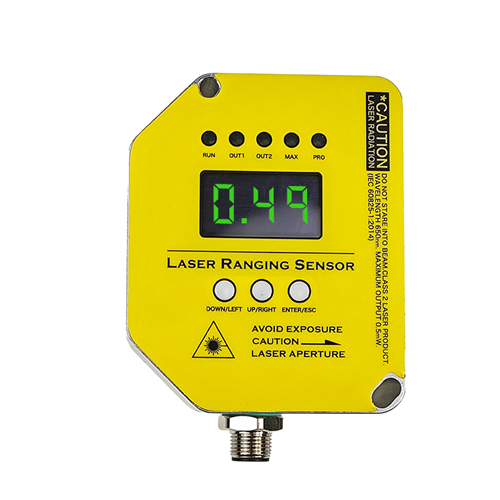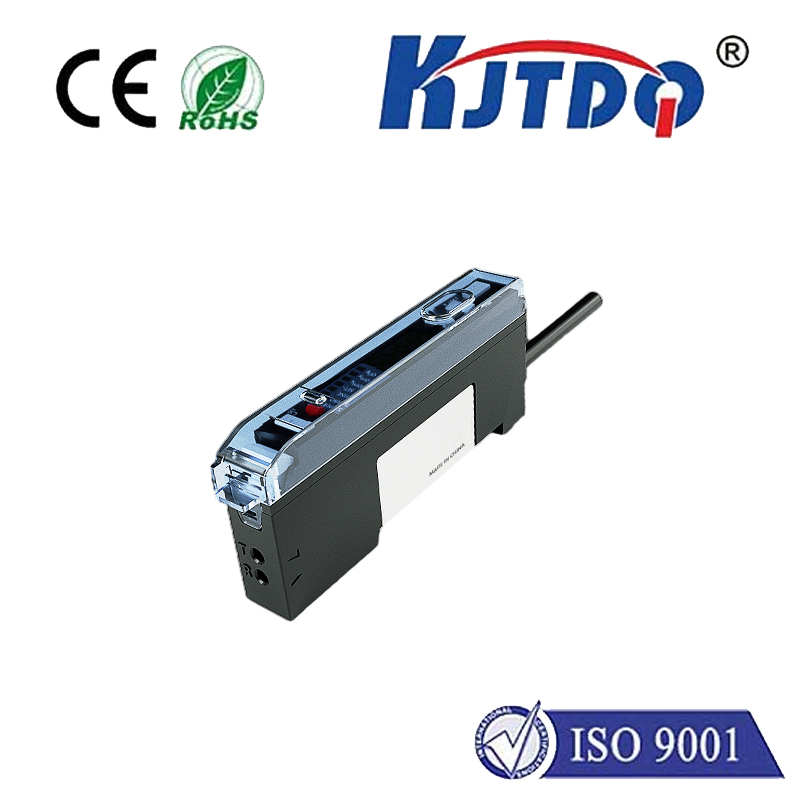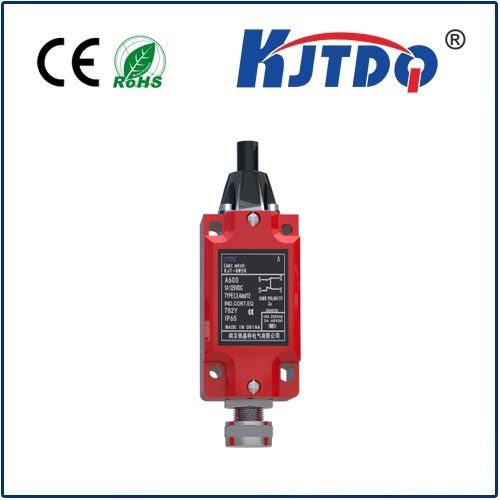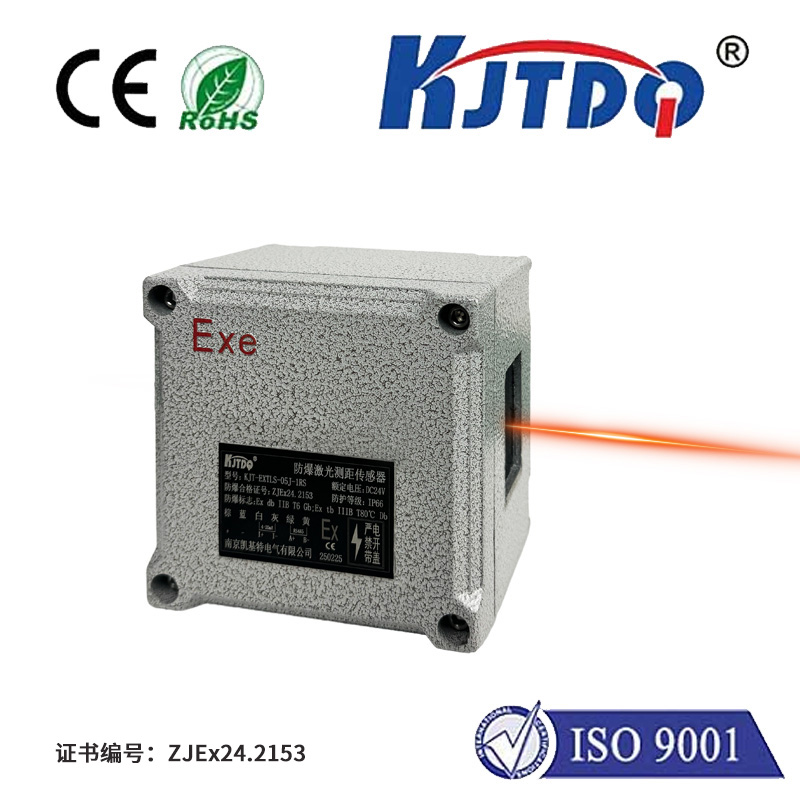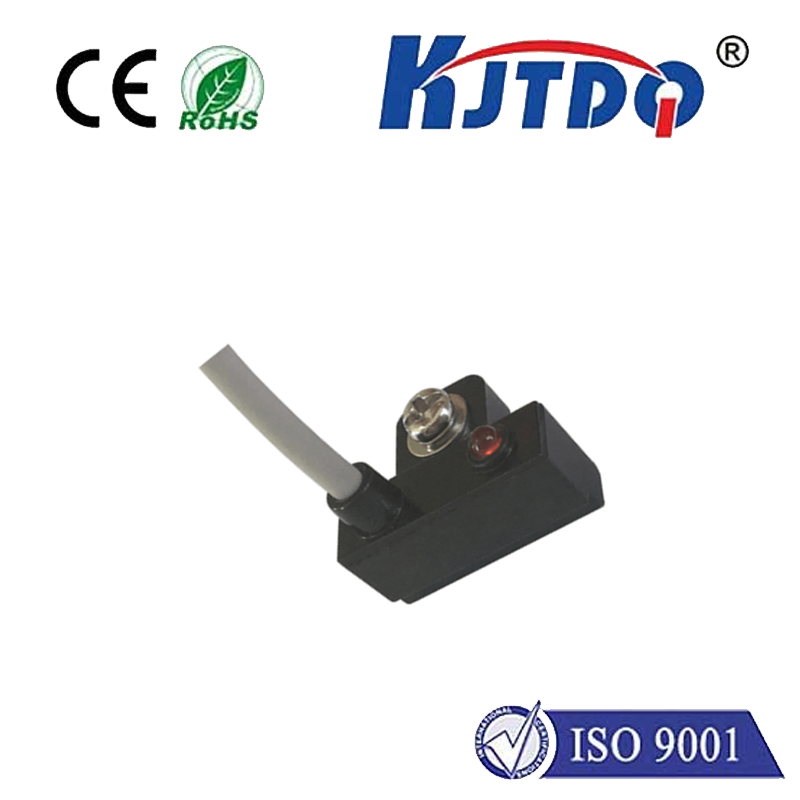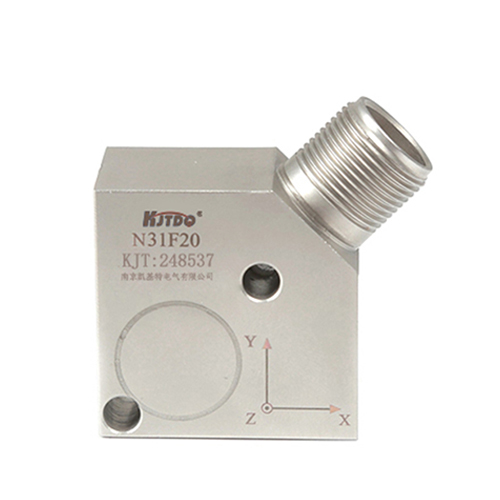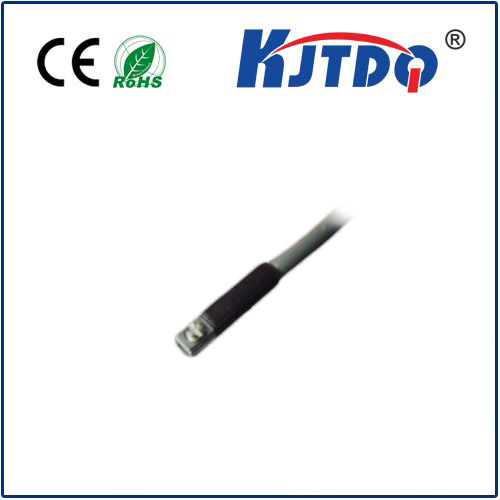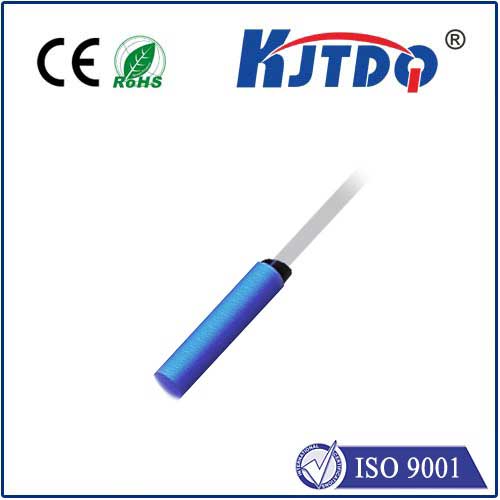

check

check

check

check
Title: The Power of Soft Limit Switches in Controlling Automation Systems
In modern automation systems, soft limit switches play a critical role in ensuring the safety and efficiency of machines. These switches, also known as pressure switches or limit switches, are designed to detect changes in pressure within a machine's internal workings. When the pressure exceeds a set threshold, the switch activates an output signal, which can be used to control various aspects of the machine's operation. In this article, we will explore the principles behind soft limit switches and their applications in controlling automation systems.
The principle behind soft limit switches is simple: they monitor the pressure within a machine's internal system and respond accordingly. When the pressure reaches a predefined limit, the switch opens, allowing the flow of fluid or other materials to stop. This prevents excessive strain on the machine's components and ensures that it operates within safe parameters. In contrast, hard limit switches operate based on fixed values and cannot account for variations in pressure within the system.
One of the primary benefits of using soft limit switches is their ability to adapt to changing conditions. By monitoring the pressure continuously, these switches can adjust their threshold values accordingly, providing optimal performance in a wide range of applications. For example, in automotive applications, soft limit switches are commonly used to control the fuel injection system. As engine RPM varies, the pressure inside the injection system must also change. A soft limit switch can adjust its threshold value to ensure accurate and efficient fuel delivery.
Soft limit switches are also essential in preventing over-voltage events in electrical systems. By detecting sudden increases in voltage, these switches can shut off power to prevent damage to circuit components and equipment. In industrial settings, this can be particularly useful in protecting machinery from potential hazards such as electrical shorts or component failure.
Another benefit of soft limit switches is their simplicity and reliability. Unlike complex electronic sensors that require maintenance and calibration, soft limit switches are straightforward devices with few moving parts. This makes them ideal for use in harsh environments where reliability is paramount, such as in mining or construction applications. Additionally, their low cost and ease of installation make them accessible to a wide range of industries and applications.
In summary, soft limit switches play a crucial role in ensuring the safe and efficient operation of automation systems. By monitoring pressure levels and adjusting threshold values accordingly, these switches provide optimal performance in a variety of applications while safeguarding against potential hazards. With their simplicity, reliability, and adaptability, soft limit switches are an essential component of modern automation technology.

